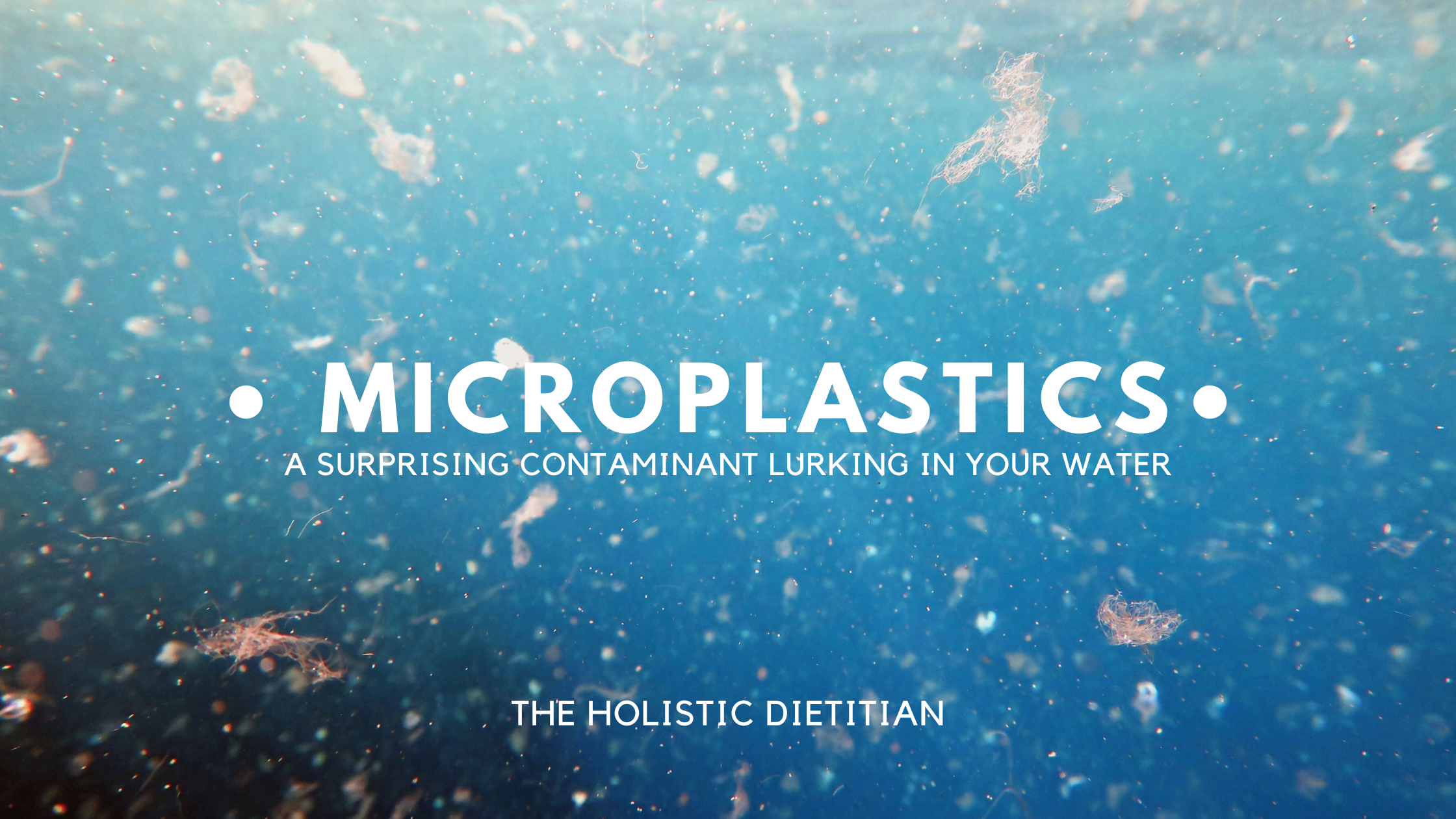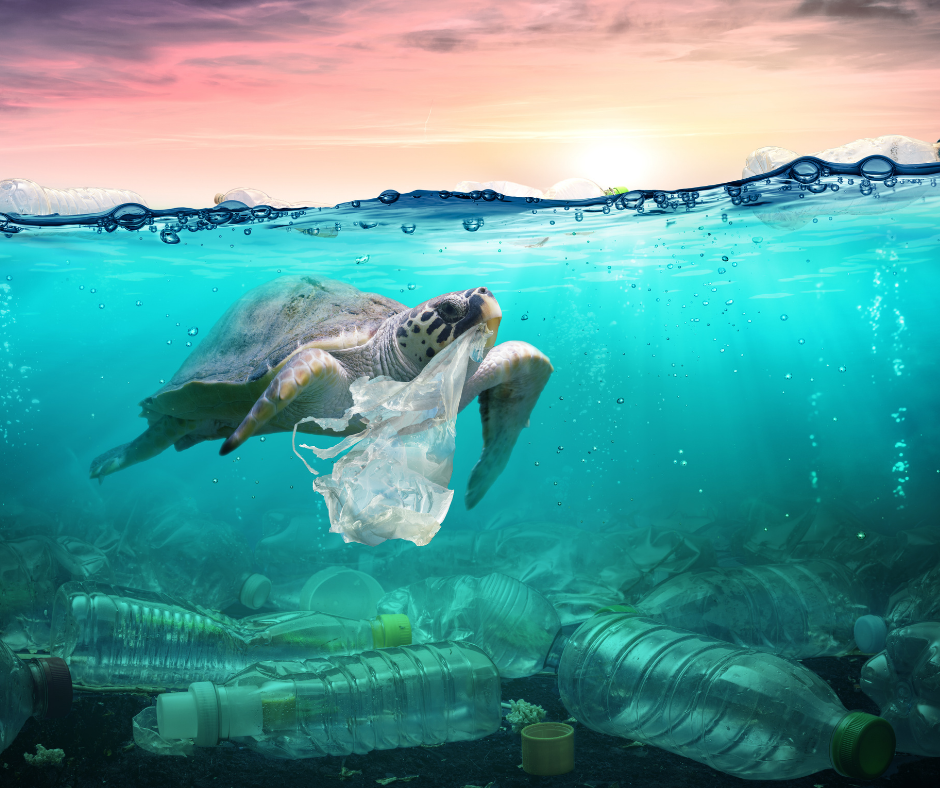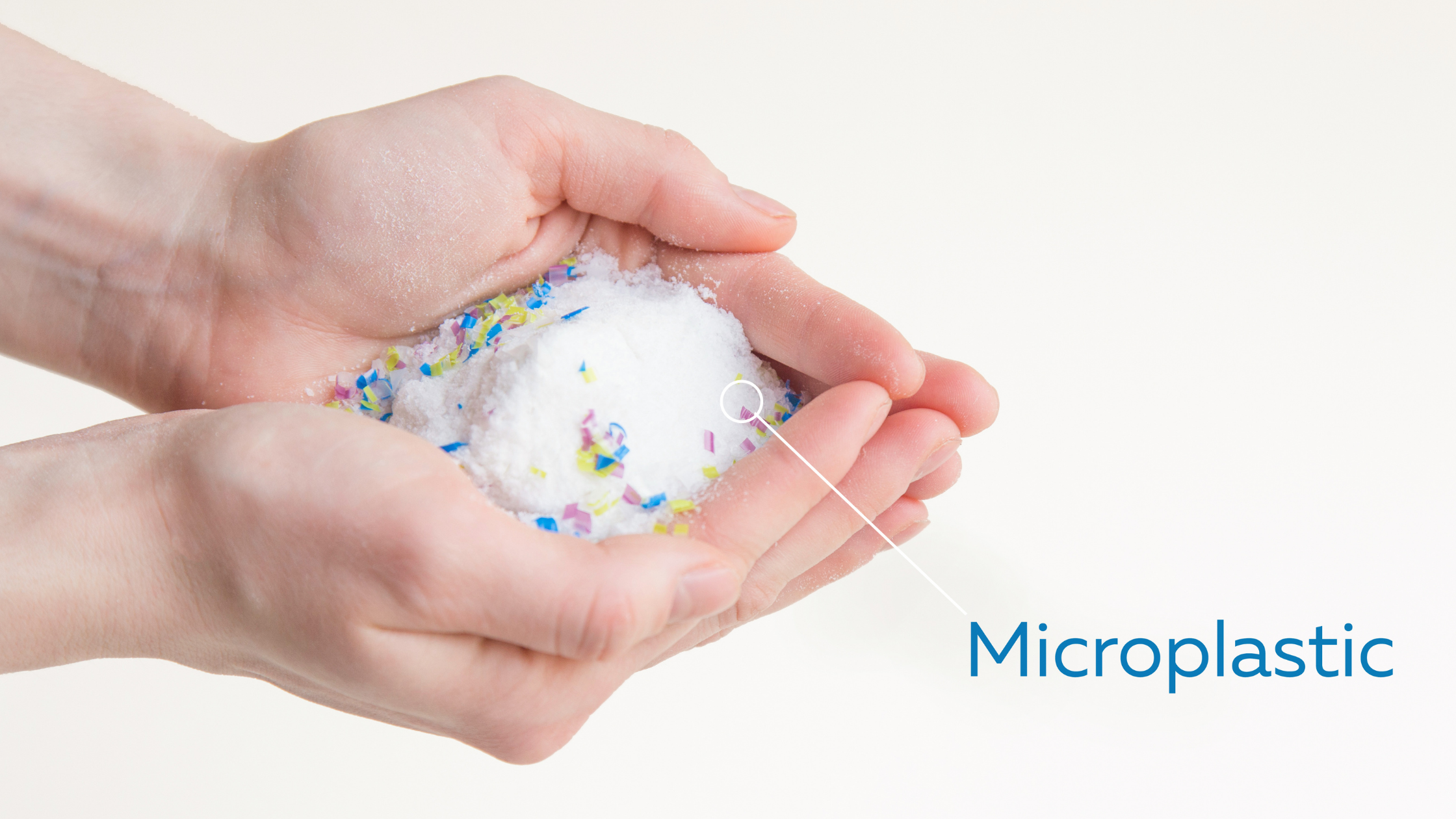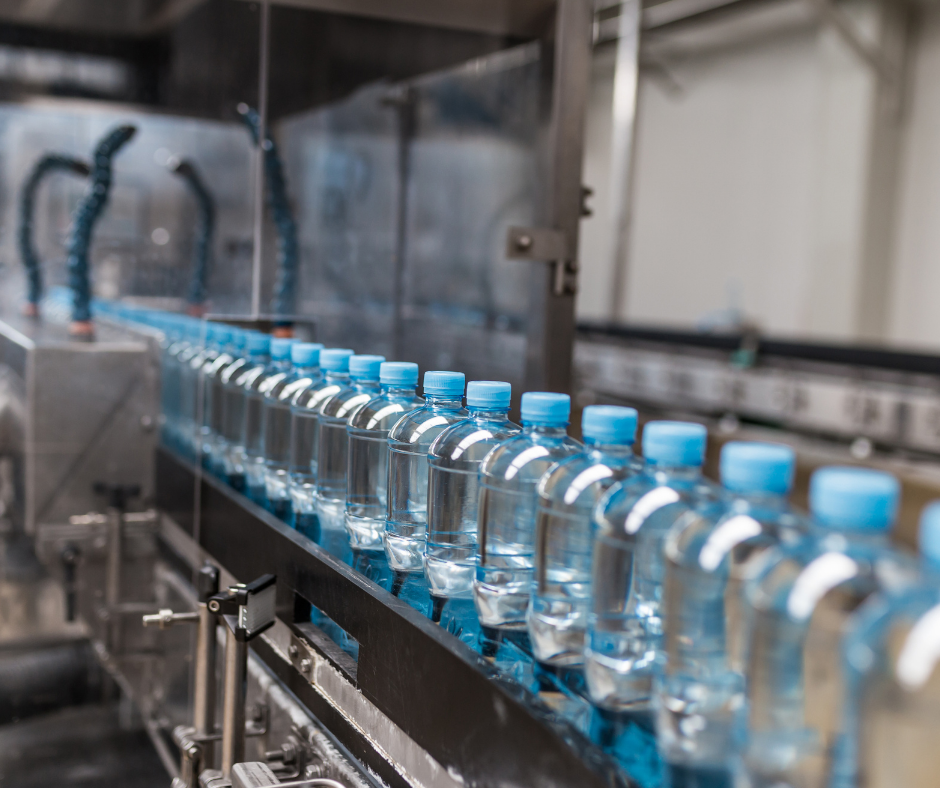
When it comes to finding clean drinking water, many find a false sense of safety and comfort in bottled water. However, bottled water brings its own list of possible contaminants and environmental concerns.
While it seems like there should be, there is no regulation or policing agency for the safety or purity of bottled water. In fact, bottled waters have been tested to find the same contaminants found in tap water, like chlorine and chloroform, fluoride, and even trace amounts of lead. This is less surprising when you find out that 64% of brands are simply bottling tap water.
The problem with plastic water bottles

Furthermore, bottled waters are a strain on our natural resources and greatly contribute to our landfills and ocean pollutants. The Pacific Institute published a Fact Sheet in 2007 stating, “it took approximately 17 million barrels of oil equivalent to produce plastic for bottled water consumed by Americans in 2006 — enough energy to fuel more than 1 million American cars and light trucks for a year.” This does not take into account the rest of the world, and it is also conceivable that this number has grown significantly, as the U.S. population has grown by about 11% since this Fact Sheet was released.
This staggering figure doesn’t end at unnecessary consumption. Because of low recycling rates in the U.S., it is estimated that two-thirds of those bottles land in our landfills or make their way to the ocean, posing risk to wildlife and polluting the water even further. Not once, not twice, but every year at likely growing rates.
While all of the above could be ample reasons to opt away from depending on bottled water as a clean water source, there is emerging evidence and concerns for additional contaminants as a results of the bottle itself. One of these concerning contaminants is known as microplastics, or broken down and broken off pieces of plastic.

Microplastics are everywhere. Since the 1950’s, humans have produced from othen 8 billion tons of plastic. Plastic, though, does not biodegrade; it breaks down into progressively smaller pieces of plastic. The result is a staggering amount of tiny plastic bits making way into lakes, rivers, and oceans, eventually contaminating our food and water. Microplastics are even found in the air. While the effects of these microplastics can be easily seen in aquatic life, the extent of disruption they play within our bodies is still being researched and discovered.
How do microplastics affect our health?
In a research article published on Science Direct, researchers from the Aquatic Ecology and Water Quality Management Group, KWR Watercycle Research Institute, and World Health Organisation (WHO) collaborated to review fifty studies on microplastics in drinking water and freshwater. Their findings include:
- “Data from animal studies suggest that microplastics may accumulate and cause particle toxicity by inducing an immune response” (Deng et al., 2017; Gasperi et al., 2018)
- “Chemical toxicity could occur due to leaching of plastic-associated chemicals (additives as well as adsorbed toxins)” (Diepens and Koelmans, 2018; SAPEA, 2019)
- “Biofilms growing on microplastics may be a source of microbial pathogens” (GESAMP, 2016).

In Medical News Today article on this very research, author Tim Newman writes, “Some of these studies counted thousands of microplastic particles in every liter of drinking water. Theoretically, if a person consumes them, some microplastics are small enough to pass through the gut wall and enter the circulatory system. Whether or not this happens, and whether or not it impacts human health, remains unknown.” That said, could microplastics play a role in leaky gut?
We definitely know that microplastics are getting into our bodies. In fact, a 2019 report of stool sample testing of healthy participants in Europe and Asia found that all samples contained alarming amounts of microplastics. This confirms that microplastics are being digested and do make their way into the gut. Plastic particles in the gut could affect the digestive system’s immune response or could aid the transmission of toxic chemicals and pathogens, the researchers said. Furthermore, there are concerns they could disrupt gut microbiome balance.
While there is still much research to be done, there are three primary concerns on how microplastics can impact our health:
- Microplastics could enter the body and physically damage internal structures.
- Mircoplastics could introduce chemical plastic additives, such as plasticizers like Bisphenol A (BPA), into the body. BPA is known to exhibit toxic, endocrine, mutagenic and carcinogenic effects in living organisms. BPA may elevate risk of obesity, diabetes and heart disease in humans,
- Microplastics may serve as a vessel for microorganisms to be transported into the body.
Considering the importance of clean drinking water (after all, you should be drinking at least 180 gallons per year), depending on bottled water is not the best option. Considering cost savings, environmental consciousness, and cleanliness, using one of many consumer filtration methods available may be a better option. Learn more about water filtration at home in part three of this blog series.